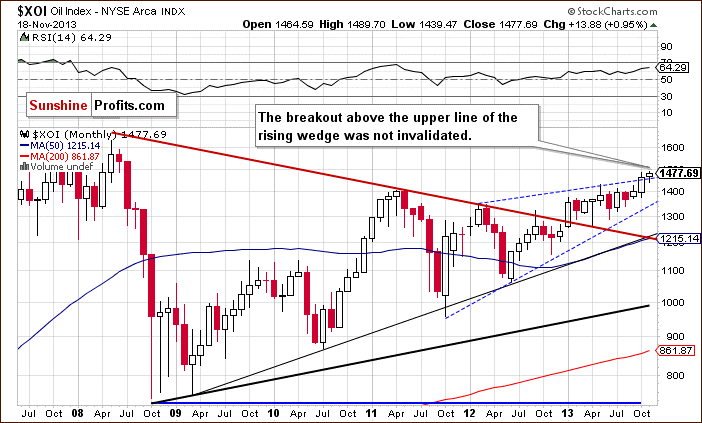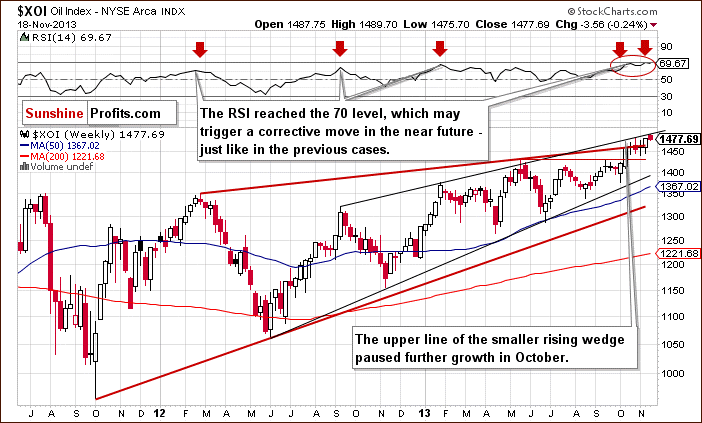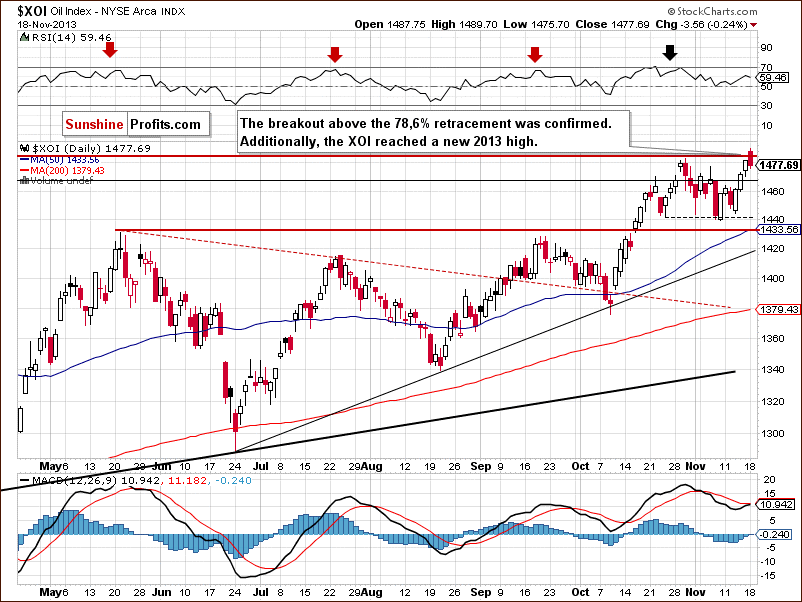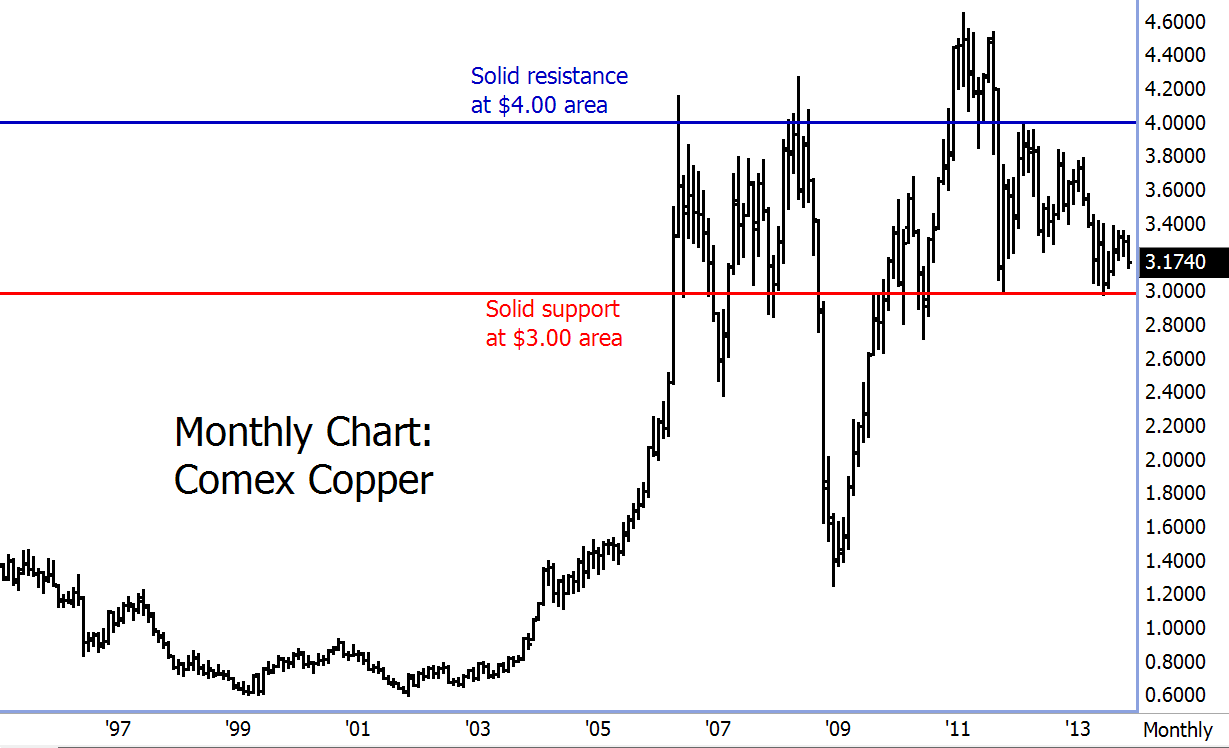Energy & Commodities
One of childhood’s happiest memories is flying kites. Now, an American academic is developing a novel idea — underwater kites equipped with turbines to generate electricity from ocean currents.
Ramping up the potential ridicule factor, a number of media outlets reporting on the technology note the proposed underwater kite’s eerie resemblance to the starship “Enterprise.”
But the National Science Foundation is not among the skeptics, having awarded a three-year, $300,000 grant to Worcester Polytechnic Institute for a new research program directed by David J. Olinger, PhD, associate professor of mechanical engineering to research ways to harness ocean currents and tidal flows using the novel technology.
Professor Olinger is convinced of the research’s potential, noting, “Unseen under the waves, winding along coastlines and streaming through underwater channels, there are countless ocean currents and tidal flows that bristle with kinetic energy. And just as wind turbines can convert moving air into electricity, there is the potential to transform these virtually untapped liquid ‘breezes’ into vast amounts of power. For example, it has been estimated that the potential power from the Florida Current, which flows from the Gulf of Mexico into the Atlantic Ocean, is 20 gigawatts—equivalent to about 10 nuclear power plants.”
….more explanation HERE

Short-seller Jim Chanos said on Tuesday that shares of international oil majors like Exxon Mobil Corp increasingly look like a value trap for investors as cash flows decline and return on capital slides.
His comments at the Reuters Global Investment Outlook Summit in New York came a week after Warren Buffett disclosed a large position in Exxon, the world’s largest publicly traded oil company.
Chanos said his Kynikos Associates fund was bearish on both national oil companies and the integrated majors.
“The costs of finding this stuff (oil) has gone through the roof,” Chanos said. “The economics are clearly deteriorating.”
“It isn’t the same cash flow generating business it used to be.”
….read more HERE

In our previous essay, we examined one of the most interesting relationships in the crude oil market – the one between oil stocks and other stocks, to find out if there’s something else on the horizon that could drive oil stocks higher or lower in the near future. Back then, we wrote that there were periods of time when the S&P 500 Index was stronger than the oil stock index and that such divergences had triggered declines in both indices before.
Since that essay was published, we’ve seen similar price action. In the previous week, the S&P500 index broke above the previous high and hit a fresh all-time high. Meanwhile, although the XOI moved higher, the move ended slightly below the 2013 high.
Nevertheless, on Monday we saw further improvement and both indices hit their new 2013 highs. However, after that they declined. Will we see further deterioration? Before we try to answer this question, we’ll examine the NYSE Arca Oil Index (XOI) to find out what the current outlook for oil stocks is.
Let’s start with a look at the monthly chart of the oil stock index (charts courtesy by http://stockcharts.com).

On the above chart, we see that the situation has improved recently and the XOI still remains above the upper line of the rising wedge.
Quoting our essay on oil stocks and crude oil from Oct. 30, 2013:
The breakout, however, is not yet confirmed. (…) in this area there’s a very important Fibonacci retracement level – 78.6% (close to 1,467) based on the entire May-October 2008 decline, which may slow the rally. However, if the buyers don’t give up and manage to push the oil stock index above this resistance, we will likely see further growth.
Looking at the above chart, we see that the breakout above the 78.6% retracement level encouraged buyers to act and resulted in a new 2013 high at 1,489. From this point of view, the situation is very bullish.
To see the current situation more clearly, let’s zoom in on our picture and move on to the weekly chart.

Looking at the above chart, we see that the oil stock index bounced off the bottom of the recent corrective move in the previous week, which resulted in a sharp pullback. With this upward move, the XOI came back to slightly below the October high. On Monday, we saw further improvement and the oil stock index climbed to a fresh 2013 high at 1,489.
In spite of this growth, the breakout above the previous high is not confirmed.
Please note that the upper line of the smaller rising wedge (marked with the black line), which successfully stopped growth at the end of October, is still in play. As you can see on the weekly chart, the XOI remains below this line,
which serves as resistance (currently around 1,495). Additionally, the RSI moved above the 70 level, which may trigger a corrective move in the near future – similarly to what we saw in the previous months.
Nevertheless, from the technical point of view, the medium-term uptrend is not threatened at the moment, and the situation remains bullish.
Now, let’s turn to the daily chart.

Looking at the above chart, we see that the oil stock index didn’t manage to break above the 78.6% retracement at the beginning of the previous week, which resulted in a decline in the following days. As you see on the daily chart, this downward move took the XOI to slightly above the bottom of the recent corrective move. On Wednesday, this support level encouraged buyers to act, which resulted in a pullback. In this way, the oil stock index broke above the 78.6% Fibonacci retracement level and almost reached the 2013 high on Friday.
On Monday, we saw further improvement, and the XOI hit a new annual high at 1,489. However, after this positive event, we saw a correction which pushed the oil stock index slightly below the previously-broken high. In spite
of this drop, the breakout above the 78.6% retracement level was confirmed, which is a strong bullish sign.
Summing up, from the long-, medium- and short-term perspectives, the outlook for oil stocks remains bullish and the uptrend is not threatened at the moment. However, taking into account the combination of a strong resistance level (the upper line of the rising wedge) and the position of the RSI, we should keep an eye on the oil stock index because the sellers may lock profits and trigger another correction in the coming days.
Thank you.
Nadia Simmons
Sunshine Profits‘ Crude Oil Expert

Special Report: Why the Meltdown in Copper Prices this Week is Very Important for Precious Metals, and Possibly Equities Markets
The technical breakdown in Comex copper futures this week is not only an ominous clue for the red metal, but it’s also a bearish signal for the entire raw commodity sector. December Comex copper futures prices this week dropped sharply and hit a three-month low. A bearish downside technical “breakout” occurred on the daily chart for the copper futures market, to suggest still more downside price pressure in the near term.
See on the monthly continuation chart for nearby Comex copper futures that prices have been trending lower for nearly three years and are on the verge of a downside breakout below key longer-term chart support at the $3.00 level.
Copper is a critical industrial metal used in construction worldwide. The fact copper prices dropped sharply this week is an early warning signal that construction activity worldwide could be flagging.
Indeed, history also shows copper market price moves can lead similar moves in the U.S. stock indexes. Along with the recent solid price downtrend in Nymex crude oil futures, the copper market meltdown this week suggests the raw commodity sector, in general, remains firmly controlled by the bears.
Importantly, the price action in copper and crude oil recently also corroborates the growing worries of worldwide deflationary price pressures.
Veteran commodity market watchers know that deflation is the archenemy of commodity markets.

Follow me on Twitter to immediately get the very latest market developments. If you are not on board, then you are not getting key analysis and perspective as fast or as often as you could! Follow me on Twitter to get my very timely intra-day and after-hours briefs on precious metals price action. The precious markets will remain very active. If you want market analysis fast, and in after-hours trading,then follow my up-to-the-second precious metals market perspective on Twitter. It’s free, too. My account is @jimwyckoff.
By Jim Wyckoff, contributing to Kitco News; jwyckoff@kitco.com

 “Silver has outperformed gold – between December 2008 and March 2010 it gained 53%, almost double that of Gold.
“Silver has outperformed gold – between December 2008 and March 2010 it gained 53%, almost double that of Gold.
Yesterday Thomson Reuters GFMS released their latest report on the silver market. We take a look at it and assess what it means for the silver price.
There are several factors, some positive and others negative, that will affect the price of silver going forward.
First up, let’s have the not-so-good news facing the silver price.
In 2013, total supply of silver is expected to climb by around 0.7%, much of this is thanks to the 7% or 28 Moz (million ounce) increase in mine supply but offset by the 8% decline in scrap silver supply.
This leaves the silver market in a residual surplus of 287 Moz (forecast for 2013).
Of course, the other glaringly obvious negative issue for silver is its role as a safe haven during times of economic turmoil, inflation etc. With rumours that everything will suddenly be fixed where does this leave silver along with its gold friend? Well, as we describe below, silver investors don’t seem so convinced that all is well and that they can turn their backs on the safe haven just yet. Added to this silver is an increasingly industrial metal, perfect for a global recovery.
Gold and silver
So far in 2013, silver has suffered more than gold having fallen by 29% so far to gold’s 22%. Currently the gold silver ratio is around 60 and has averaged 59.4 in 2013. Whilst we frequently refer to the historical average being 15:1, 60:1 has in fact been the average since 2000.
The current silver to gold price ratio favours buying silver. This hasn’t gone unnoticed. Eric Sprott recently reported that coin and bullion sellers are seeing equal amounts of capital being spent on gold and silver, meaning 60 times more ounces of silver being purchased than gold.
In the past three years the ratio has been around 55 therefore the currently higher ratio is very much seen as a positive by the authors of the report who suggest that this may set the metal up for outperforming the gold price in the coming months.
Speaking of outperforming gold, in previous episodes of quantitative easing announcements, silver has outperformed gold – between December 2008 and March 2010 it gained 53%, almost double that of gold.
Silver investment
In the last ten years demand for silver as an investment has climbed from accounting for just 4% of total demand to 24%.
Whilst silver might appear to be a better buy than gold, it is in fact rarer than the yellow metal when it comes to investment purposes. Eric Sprott believes the ratio of investment grade silver to investment grade gold to be 3:1. Sprott calculates that there is in fact only 120 million ounces of gold and 350 million ounces of silver available for investment.
Whilst gold ETF outflows are regularly blamed for the fall in the gold price. The same cannot be said for silver ETFS and the silver price – so far in 2013 silver ETF holdings have risen throughout the year reaching a high of 650 Moz.
Holdings of SLV are ‘much more diverse’ according to Ted Butler than those of GLD, for example institutional holders of SLV only account for 16% of total holders, compared to 41% in GLD. Therefore when we see huge sell-offs, the majority of SLV holders remain where they are, indicating they’re in it for the long-term.
….read page 2 HERE












